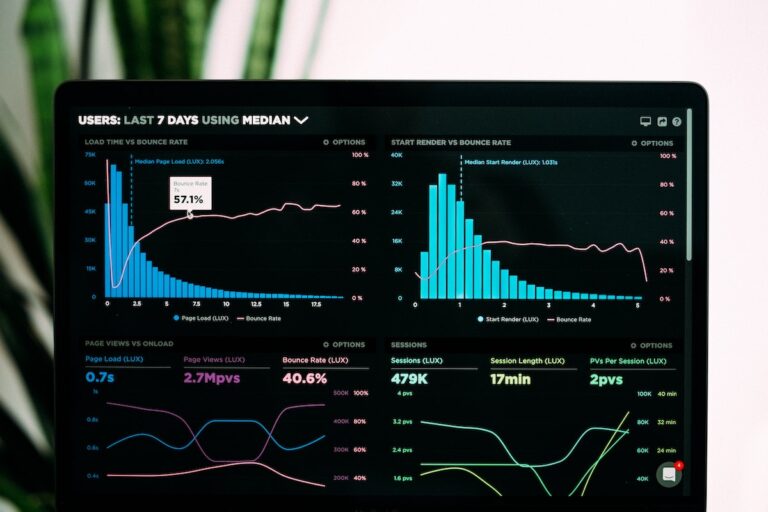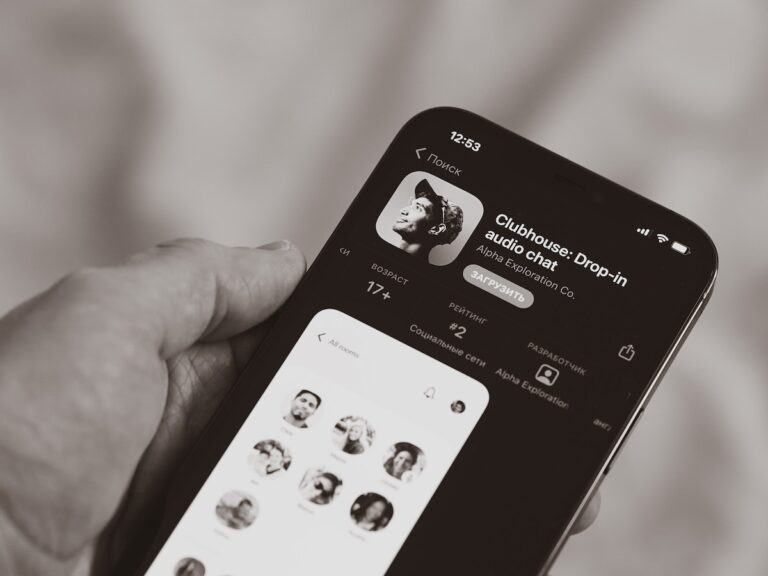The future of business meetings and presentations is looking quite bright!
My first proper encounter with Microsoft PowerPoint was in the late nineties. After my preferred Adobe Persuasion went defunct (ok, I was an Adobe employee then!), leaving me with no real alternative. It formed the start of a 25-year love-hate relationship with the now-standard virtual slideshow application. I grew fascinated with how effective communicators were leveraging the visual features to get their point across elegantly. On the other end of the spectrum, I also experienced countless presenters struggling with busy slides, flawed narratives, and presentation skills issues.
PowerPoint is about enabling form over substance. It simplifies how we consume data and turns meetings into shows. Eventually, this relegates true collaboration and critical thinking to the sidelines. PowerPoint’s death has been announced many times over these past years. Yet, it’s still here, a reliable default office tool to share information, and its direct competitors have a hard time breaking through.
But let’s face it, PowerPoint is severely outdated, and things are about to change. Business leaders have to make decisions based on increasingly complex dynamic data and analytics. New forms of meetings are also coming up, like the audio-only experiences of new social media platforms like Clubhouse. So, how come no one has combined the power of form and dynamic content yet? How can analytical minds share effectively and intuitively their work with the rest of us? Are simpler alternatives about to change how we go about meetings and presentations?
The "No-Powerpoint" culture

The most famous illustration of a “ban” on PowerPoint is Amazon’s move in 2018 and the “structured narrative” culture surge. Fundamentally, instead of going through slideshows at the beginning of a meeting, everyone silently reads a “no-more-than” six-page memo.
Amazon has perfected the rules around such narratives to turn meetings into healthier and more in-depth conversations that lead to more robust decision-making. It’s not hard to understand why. As humans, we’re wired for story-telling, and a well-written narrative doesn’t miss the mark the way a slide presentation does. It goes deeper, invites the writer to elaborate, share anecdotes with the data, and ends-up more easily memorized than simple bullet points on a slide.
You can still tell great stories with PowerPoint. But, it requires you to be an eloquent orator who can capture the undivided attention of an increasingly virtual audience and find the right balance between distracting graphics and your story. Let’s face it; it’s a minority. On the other end, most solid thinkers can build concrete narratives and engaging stories through a 6-pager with the right training. It levels the playing field on the form delivery and puts more honus on the real ideas and their validity.
The emergence of responsive data products

For all its benefits, the Amazon approach still has some limitations. After all, putting a full narrative with supporting data in a Word document feels like a very outdated and static way of presenting data. In the meanwhile, data is becoming increasingly dynamic and complex and requires new presentation approaches.
It needs real-time modeling, “what-if” scenario-building that would make the second part of these Amazon meetings even more effective. Imagine leveraging the best critical thinkers’ brainpower by feeding them real-time with alternative scenarios and their consequences?
We should do this in a way that’s as intuitive and simple as the dataset becomes complex and the scenarios endless. Quite a challenge! So do such data products exist? Yes, to no small degree! We’re witnessing the emergence of machine-learning-fueled interconnected systems. Based on open-source code and a growing amount of available big data, many research applications are connecting the dots and paving the way for highly responsive and simplified visual representations of the most complex data sets.
We need a bit of patience, though, as these powerful approaches are still very encamped into pure scientific or business analytics applications. They have not yet transformed the lives of the average business professionals and their “office” applications. But we can see the wave coming: it starts with specialized applications. It will soon expand to all aspects of business management.
Audio-only experiences: a reliable alternative?

Here’s a fascinating thought. What if a more straightforward approach threatened these visually-rich experiences, both for content creators and the receiving end? What if audio-only experiences were emerging as a reliable alternative for story-telling?
When looking at the mind-blowing growth of podcasts over the past few years, it’s easy to see that the format is gaining traction and not only in the entertainment categories. Unlike visually immersive experiences, I can listen to a podcast while running outdoors, traveling or commuting (yes, it will come back post-pandemic!), or doing the dishes. These podcasts are exploding in the business category, and top shows have tens of millions of listeners weekly.
Even more intriguing is the rapid growth of new platforms like Clubhouse, the audio-only social media application everyone is talking about these days. One dear friend recently got me in this invite-only experience (the app is still in Beta mode). Its principle is that instead of posting, you gather on the fly with other people sharing similar interests and talk—no need to edit or build a specific structure. You join “virtual rooms,” listen to moderators, and can even participate as one of the speakers. In essence, Clubhouse is replacing all the meetups and local physical events that used to happen pre-pandemic. Whether it succeeds or not, social media giants like Facebook or Twitter will likely replicate the concept. A new form of presentation and idea-sharing is emerging.
Get ready for significant changes on the horizon
The way we present and share ideas has already dramatically changed in our personal lives. While most business presentations are still outdated and static, more modern and dynamic alternatives are already here and will prevail.
It’s a perfect opportunity for any business leader to step back and think hard about where their teams should put their energy. Should they still spend cycles on visual tricks and form? Or should they focus more on finding ways to share ideas more powerfully and solicit critical and high-quality thinking?
